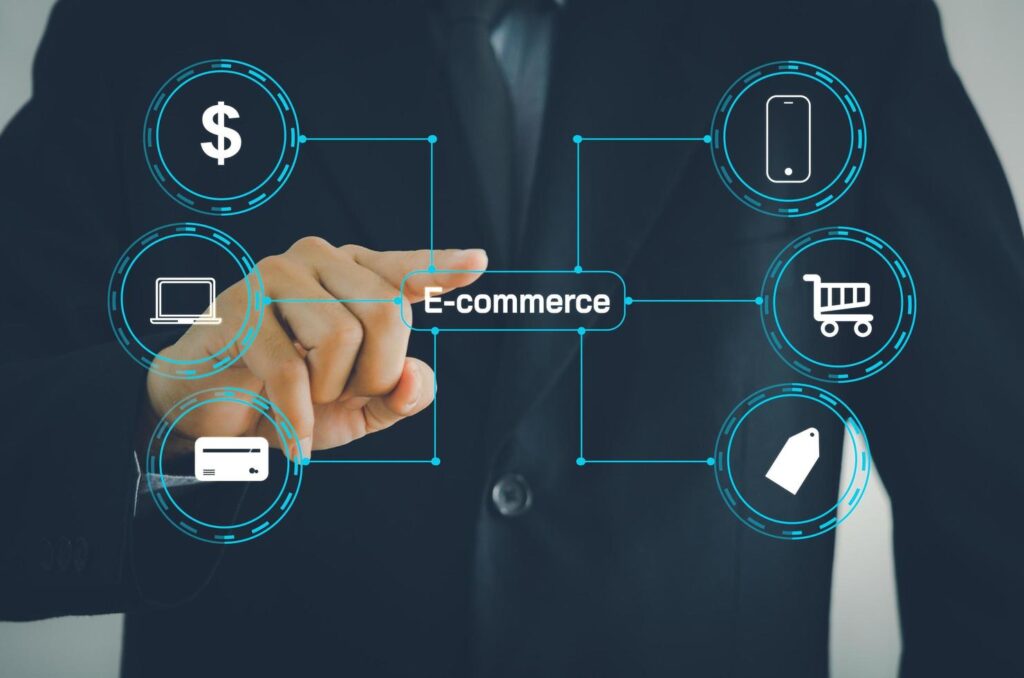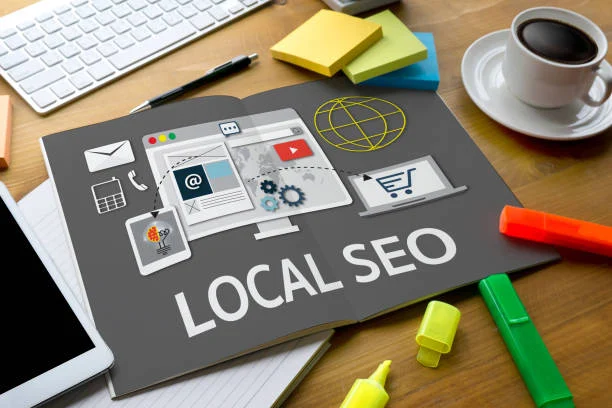Table of Contents
- Introduction: The Rapid Evolution of E-commerce Marketing
- Why Are E-commerce Trends Critical for Success in 2025?
- What Are the Top E-commerce Marketing Trends for 2025?
- How Is AI Shaping the Future of E-commerce Marketing?
- What Role Does Social Commerce Play in 2025?
- How Can Brands Prepare for the Future of E-commerce Marketing?
- Emerging Technologies to Watch in E-commerce
- The Impact of Consumer Behavior on E-commerce Trends
- E-commerce Trends by Region: Global Market Insights
- Final Thoughts and Takeaways
Introduction: The Rapid Evolution of E-commerce Marketing
The e-commerce marketing landscape has always evolved, but never as rapidly or radically as it has in the past five years. Since the global shift toward digitalization accelerated in 2020, e-commerce has become more than a convenience it’s become the primary channel through which consumers discover, evaluate, and purchase products.
In 2025, digital transformation isn’t a buzzword it’s a business imperative. It shapes how companies operate internally, connect with consumers externally, and differentiate themselves in an increasingly saturated market. The customer experience now goes beyond simple convenience it must be seamless, intuitive, personalized, and ethical.
E-commerce in 2025: A New Playing Field
In today’s landscape, a simple online store is no longer enough. Consumers want to shop from brands that:
- Remember their preferences and past behavior
- Offer fast, frictionless mobile checkout
- Deliver immersive, visual experiences (think AR and VR)
- Represent their values sustainability, inclusivity, and transparency
- Communicate in real-time via chat, DMs, or social platforms
Brands are not just competing on product and price. They’re competing on experience, innovation, and trust.

E-commerce Growth by the Numbers
According to industry analysts, global e-commerce revenue is projected to surpass $8.5 trillion by 2026 a staggering increase reflecting consumer demand and business adaptation. But this growth doesn’t come evenly. It flows to the most agile, forward-thinking brands those that:
- Embrace emerging technologies
- Invest in personalized content
- Develop omnichannel customer journeys
- Use data to inform every marketing decision
In 2025, the fastest-growing e-commerce brands are leveraging tools like artificial intelligence (AI), voice assistants, and shoppable video content to meet users where they are and move them to where they want to be.
From Optional to Essential: The New Digital Standard
What used to be considered optional such as live chat, sustainable packaging, or social Commerce is now expected. The modern consumer is empowered, tech-savvy, and often impatient. They expect brands to:
- Be available across multiple platforms (mobile, desktop, social, etc.)
- Provide value-driven storytelling, not just sales pitches
- Offer ultra-fast load times and one-click transactions
- Respond to inquiries within minutes, not hours
- Be purpose-driven and community-oriented
Failure to meet these expectations doesn’t just mean losing a sale it often means losing a customer forever. As switching costs shrink and competitor access expands, consumer loyalty is increasingly fragile.
Digital-First is No Longer a Strategy It’s a Default
Whether you’re a DTC startup, a legacy retailer adapting to ecommerce, or a service-based platform operating in the B2B or B2C space, digital-first is the new norm. Your website, social channels, ads, content, and customer support are all part of one fluid ecosystem that must deliver value every step of the way.
And it’s not just the “tech giants” who are innovating. Small and medium-sized businesses, niche product lines, and micro brands outperform traditional competitors by being more nimble, authentic, and digitally fluent.
E-commerce Trends: The Competitive Advantage of the Future
The e-commerce trends you follow in 2025 are not just about staying current they’re about building long-term competitive advantage. Trends like AI-powered personalization, mobile first design, and immersive experiences are no longer for “early adopters.” They’re for everyone who wants to survive and scale in the digital economy.
Failing to adopt these trends doesn’t just disadvantage your brand it risks making you obsolete in the eyes of your most valuable asset: the modern, connected consumer.
In this comprehensive guide, we explore the most important e-commerce marketing trends shaping 2025 and provide practical insights on how to implement them and stay ahead of the curve.
Why Are E-commerce Trends Critical for Success in 2025?
The digital marketplace is evolving faster than ever, and e-commerce businesses that don’t grow with it risk falling behind. Understanding and leveraging current e-commerce trends is not just about staying relevant; it’s about building future-proof strategies that drive growth, customer loyalty, and sustained market leadership.
As we enter the heart of 2025, here’s why staying ahead of e-commerce trends is mission-critical for success:
1. Consumers Expect Innovation Constantly
Today’s shoppers have more choices, higher expectations, and less patience than ever before. They’re not just looking for quality products—they’re looking for exceptional experiences that are fast, intuitive, and future-forward.
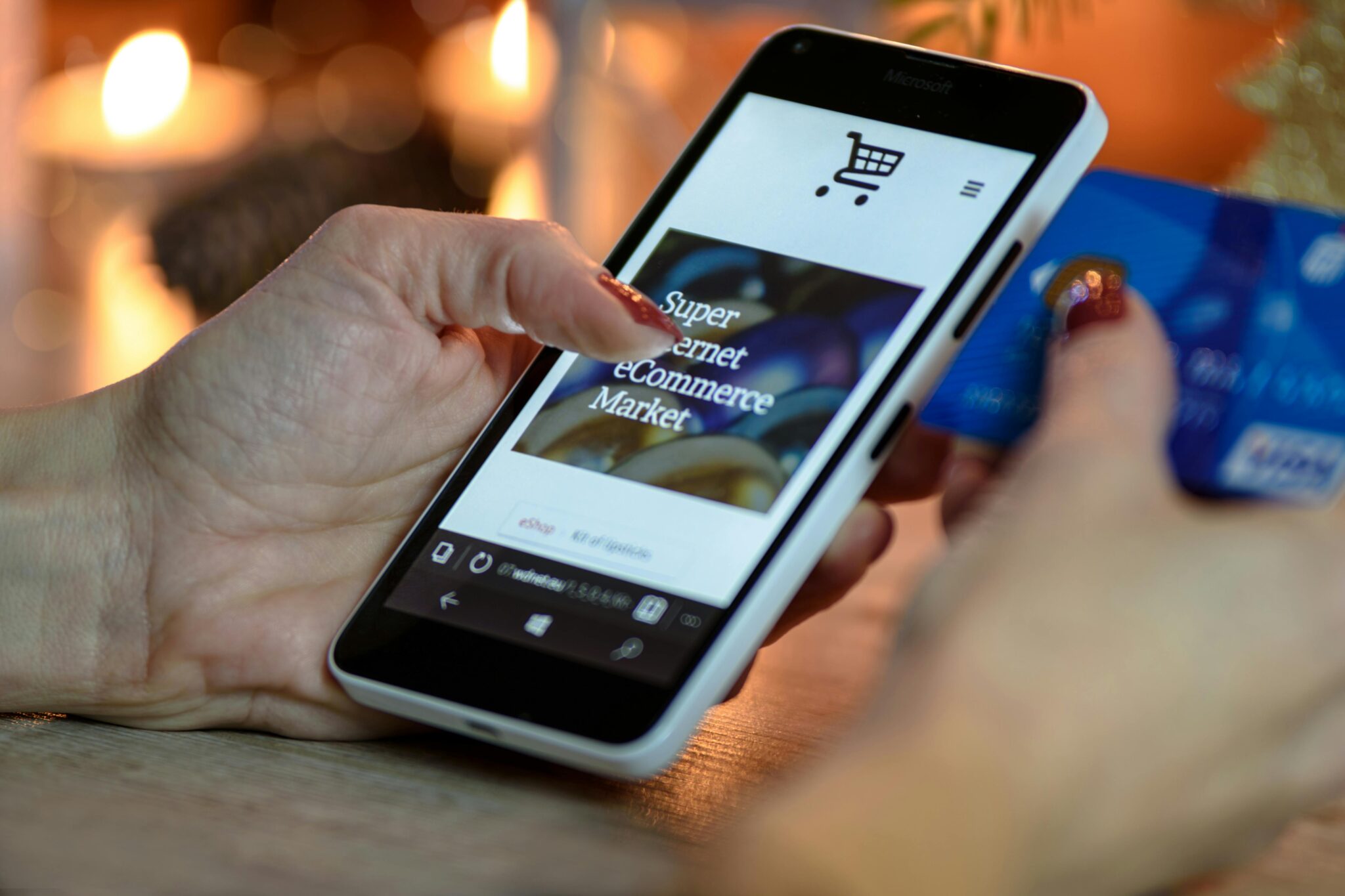
- One-click checkout, same-day delivery, and real-time tracking aren’t “extras”—standard expectations.
- Features like augmented reality (AR) for virtual try-ons or AI-powered product recommendations can differentiate between making a sale or losing a customer.
- Personalization is no longer a luxury. Customers expect websites and apps to remember their preferences, anticipate their needs, and make intelligent suggestions.
Brands that fail to innovate quickly appear outdated, while those that implement trend-driven tech demonstrate forward-thinking leadership and reap the rewards of higher engagement and conversion.
Stat to consider: 80% of consumers say they’re more likely to do business with a company that offers personalized experiences. (Epsilon, 2024)
2. The Competition Is Fierce And Global
The digital marketplace has eliminated borders. You’re no longer competing with just local businesses or regional giants you’re competing with millions of sellers across the globe. A shopper in Texas could as quickly buy a product from a boutique in Tokyo or a manufacturer in Berlin as they could from a store down the street.
To thrive in this hyper-competitive environment, brands must:
- Understand regional market preferences and adapt accordingly
- Localize content (currency, language, visuals) to fit various customer bases
- Offer global shipping options and flexible returns
- Use trend data to position themselves as category leaders, not followers
Moreover, platforms like Amazon, Alibaba, Etsy, and TikTok Shop have made it easier for new brands to enter the market at scale, intensifying competition across every vertical. If you aren’t riding the wave of innovation, someone else is and they’re likely reaching your audience faster, smarter, and more effectively.
3. Algorithms Change Fast and So Should You
Algorithms rule the digital landscape. Whether it’s:
- Google’s search engine rankings
- Instagram and TikTok’s content visibility
- YouTube’s recommendation engine
- Meta’s ad placement and targeting rules
Platforms constantly evolve how they determine who sees what, when, and why.
In 2025, these algorithmic changes will occur more frequently and have a greater impact. What ranked on Google or went viral on TikTok last week might be invisible today.
Keeping up with e-commerce trends allows brands to:
- Adjust their content strategy in real-time
- Optimize for new search and engagement signals
- Pivot ad spending to the most efficient platforms and formats
- Avoid penalties for outdated tactics (like keyword stuffing or irrelevant meta tags)
Being proactive not reactive is the only way to maintain visibility, traffic, and relevance in an increasingly automated and AI-curated digital world.
Quick Insight: TikTok’s “For You” page algorithm now favors content that includes trending audio, specific user interactions, and content that retains attention beyond 9 seconds. Brands following this trend have seen 3–5x greater reach.
4. Digital Behavior Is Fluid and Nonlinear
People shop dramatically differently today than just a few years ago. The consumer journey is no longer linear it’s fragmented, dynamic, and often driven by micro-moments of inspiration.

A single purchase might involve:
- Discovering a brand via a TikTok recommendation
- Researching product reviews on YouTube or Reddit
- Visiting the brand’s Instagram profile for aesthetic validation
- Reading testimonials on Trustpilot or Yelp
- Comparing prices on Amazon
- Finally, buying the product using voice search on a smart speaker or through a mobile app
In this environment, brands must build omnichannel ecosystems that support every phase of this journey. That means:
- Creating consistent branding and messaging across all platforms
- Offering frictionless transitions between devices and platforms
- Using CRM and analytics tools to understand where customers drop off and why
The more channels you’re on and the more cohesive your strategy the more likely you are to capture attention, earn trust, and drive conversions.
Case Example: A skincare brand integrating Instagram tutorials, TikTok testimonials, email follow-ups, and a mobile app shopping experience sees higher average order values and 40% greater customer retention than brands focusing on only one or two platforms.
5. Trend Adoption Equals Competitive Advantage
Understanding e-commerce trends isn’t just about knowing what’s coming it’s about being first to implement. Early adopters typically enjoy:
- First-mover visibility
- Enhanced media coverage and influencer interest
- Better ROI on marketing spend due to novelty and buzz
- Higher brand loyalty from trend-forward consumers
Whether using AI for customer service, launching products via live stream, or gamifying the checkout process, trend leaders consistently outperform laggards.
Staying current also demonstrates your brand’s commitment to growth, relevance, and customer experience core components of long-term brand equity in an era when attention is the most valuable currency.
6. The Future Is Being Written Today
Perhaps the most critical reason e-commerce trends matter is that they shape the future of digital Commerce not just in 2025 but for the decade to come.
The habits consumers form today will define their expectations tomorrow. The technologies they adopt now like voice shopping, crypto payments, or AR browsing will soon become foundational.
Brands building and learning in 2025 will have a significant head start over those trying to catch up in 2026, 2027, or beyond.
In Summary, E-commerce trends in 2025 aren’t just helpful insights but strategic imperatives. By paying attention to what’s emerging, aligning your team with what’s possible, and acting ahead of the curve, your business won’t just survive this wave of digital transformation it will surf it straight to the top.
What Are the Top E-commerce Marketing Trends for 2025?
The e-commerce landscape in 2025 is nothing short of revolutionary. Consumer behavior is evolving, technology is accelerating, and digital touchpoints are multiplying. To stand out, brands must do more than just sell online they must innovate constantly.
Below are the ten most transformative e-commerce trends shaping how businesses attract, convert, and retain customers this year:
1. Predictive Personalization at Scale
Personalization is no longer confined to inserting a customer’s name in an email. In 2025, brands are using machine learning, customer behavior data, and AI-powered analytics to offer uniquely tailored experiences that feel almost intuitive.

How it works:
- Machine learning models analyze browsing history, past purchases, search behavior, and even social interactions to predict what customers are likely to want next.
- These insights fuel real-time personalization in product recommendations, homepage layout, upsell offers, and pricing.
Example:
A fashion retailer uses predictive personalization to display:
- Fall jackets for a customer browsing in October
- Based on their past affinity for black and minimalist styles
- While promoting complementary accessories worn by influencers, the user follows TikTok.
Benefits:
- Increased conversions and cart values
- Higher engagement and time on-site
- Greater customer satisfaction and loyalty
Stat to Note: Brands leveraging real-time personalization see up to 5X ROI on their e-commerce campaigns compared to static strategies.
2. Conversational Commerce
Conversational Commerce bridges the gap between messaging apps and buying behavior, allowing brands to sell through chat, support through automation, and engage with empathy.
Where it’s happening:
- WhatsApp Business
- Facebook Messenger
- Instagram DMs
- SMS platforms
- On-site chatbots
Use cases:
- AI bots help users find the perfect gift
- Support agents answer return questions instantly
- Interactive product selectors guide users through a quiz in the chat
- Abandoned cart reminders sent via SMS with incentives
Key Benefits:
- 24/7 customer interaction without needing massive human teams
- Higher engagement and click-through rates than email
- Improved customer trust and lower friction in the buyer journey
Pro Insight: SMS open rates in 2025 will hover around 98%, with click-through rates near 36% far outpacing traditional email metrics.
3. AR/VR Product Interaction
Augmented Reality (AR) and Virtual Reality (VR) transform how customers shop by closing the gap between online browsing and physical interaction. These technologies bring products to life in a customer’s environment improving decision-making and buyer confidence.

Examples:
- Furniture stores let users use AR to see how a couch or coffee table fits in their space
- Beauty brands enable virtual “try-ons” for lipsticks, foundations, and hair colors
- Automotive brands offer virtual tours inside their vehicles via VR
Why it matters:
- Reduced return rates (because users “try” before they buy)
- More confident and informed purchases
- Higher perceived brand value
Stat: AR-enabled product pages convert 94% better than static product pages in 2025.
4. Voice-Activated Shopping
As smart assistants like Amazon Alexa, Google Assistant, and Apple Siri become more sophisticated, voice-based e-commerce is booming. In fact, 30% of all online purchases in 2025 will be influenced by voice searches or commands.
Use cases:
- Reordering products (“Alexa, order more laundry detergent”)
- Finding deals (“Hey Google, show me the best deals on noise-canceling headphones”)
- Adding items to shopping lists or carts
SEO Tip:
Voice search is conversational, so brands must optimize product descriptions, meta titles, and FAQs with long-tail, natural language queries.
Example Keyword Optimization: Instead of “best headphones,” target phrases like “What are the best noise-canceling headphones for travel under $200?”
5. Video-First Product Marketing
Video has become the dominant content format in 2025, especially on social platforms. With shorter attention spans and the need for instant information, short-form video is the new e-commerce king.
Where it dominates:
- TikTok
- Instagram Reels
- YouTube Shorts
- Amazon Live
- Pinterest Idea Pins
Popular formats:
- “TikTok made me buy it” UGC
- Influencer demos
- Live unboxing and reviews
- 15–30 second how-tos and before/after clips
- Behind-the-scenes production stories
Why it works:
- Video builds trust
- Shows product use cases in action
- Encourages impulsive shopping through FOMO and entertainment
Pro Tip: Pair your short-form video with a seamless affiliate link or in-app checkout option to capture buyer intent immediately.
6. Eco-Conscious Branding
Today’s consumers especially Gen Z and Millennials prioritize sustainability, ethics, and transparency. Brands that wear their values on their sleeves are gaining a significant edge in e-commerce.
Key eco-trends:
- Carbon-neutral shipping
- Eco-friendly packaging
- Ethical Sourcing and Fair Trade
- Second-hand and upcycled collections
- Product origin traceability using blockchain
Branding strategies:

Speed is everything. In 2025, checkout experiences must be as fast as they are secure. Platforms like Apple Pay, Google Pay, and Shopify Pay now dominate e-commerce with frictionless, one-tap payment options.
Optimization Tips:
- Eliminate unnecessary fields
- Offer one-step guest checkout
- Save user info for repeat purchases
- Accept multiple digital wallets and BNPL (Buy Now, Pay Later) options
Conversion Insight: Every additional step in checkout reduces conversion by 8–10%. Streamlining checkout can double sales for mobile users.
8. Livestream E-commerce
Imagine QVC reinvented for Gen Z that’s livestream e-commerce. These live broadcasts blend entertainment with real-time sales hosted on TikTok, Instagram, Amazon, and Facebook.
Format:
- Product demos by influencers or founders
- Flash sales and exclusive drops
- Live giveaways and trivia
- Interactive Q&A during the stream
Why it works:
- Creates FOMO and urgency
- Feels authentic and trustworthy
- Encourages immediate purchases and impulse buying
Case Study: A beauty brand launched a new line using livestream e-commerce, selling out in 3 hours with 17x ROI compared to static campaigns.
9. Dynamic Pricing Engines
In the past, pricing was static. In 2025, brands will use AI-powered dynamic pricing to adjust prices in real-time based on the following:
- Supply and demand
- Competitor pricing
- User location and behavior
- Time of day and buying trends
Benefits:
- Maximizes profit margins
- Boosts conversions with personalized offers
- Helps move slow-moving inventory faster
Example: A customer frequently abandoning a cart may be shown a unique discount that nudges them to complete the purchase without cheapening the brand overall.
10. Subscription Models & Membership Commerce
Recurring revenue is the holy grail of e-commerce and subscription models are booming in 2025. From razors and pet food to vitamins and streaming boxes, customers now prefer the convenience of automated delivery and access.
Innovations:
- Customization of box contents
- Flexible pause or skip options
- Tiered membership benefits
- Access to exclusive content, events, or products
Examples:
- Coffee companies send monthly curated beans
- Wellness brands offering health coaching with product bundles
- Apparel retailers delivering seasonal style boxes with AI-assisted styling
Business Advantage: Subscriptions increase customer lifetime value (LTV) and improve cash flow predictability, making them attractive for investors and long-term planning.
How Is AI Shaping the Future of E-commerce Marketing?
AI is the backbone of modern commerce. Here’s how it’s revolutionizing the marketing stack:
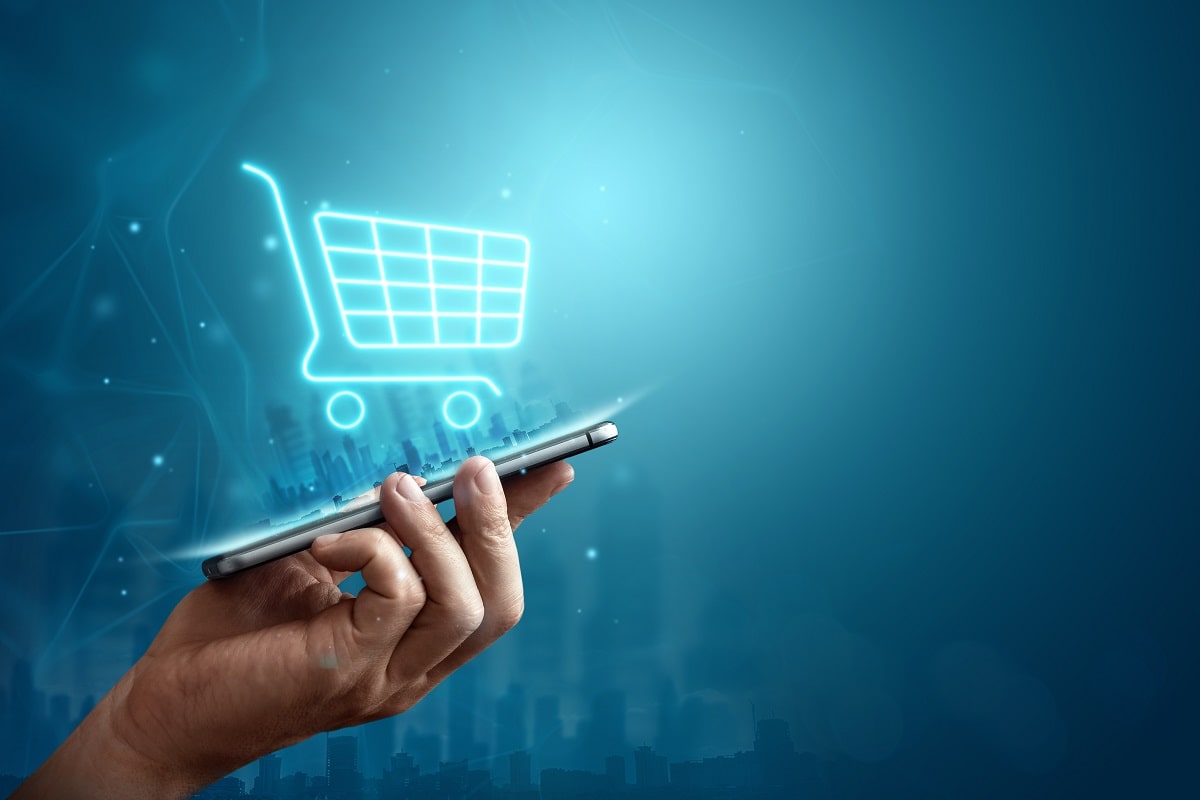
1. AI-Powered Product Discovery
Visual recognition tools now allow shoppers to upload photos and find exact or similar products instantly.
2. Email + SMS Smart Segmentation
No more batch-and-blast campaigns. AI segments users by intent, engagement level, and browsing behavior to deliver precision-targeted emails and texts.
3. Smart Inventory & Demand Forecasting
Machine learning helps businesses avoid stockouts and overstocking by analyzing seasonality, search trends, and local market conditions.
4. Automated Customer Journeys
From welcome sequences to win-back flows, AI maps and automates the entire customer lifecycle with real-time triggers based on behavior.
5. AI-Powered Copywriting & Creative
What Role Does Social Commerce Play in 2025?
Social Commerce isn’t just growing it’s dominating. Platforms are rolling out native e-commerce tools that turn every post, story, and comment into a potential conversion point.
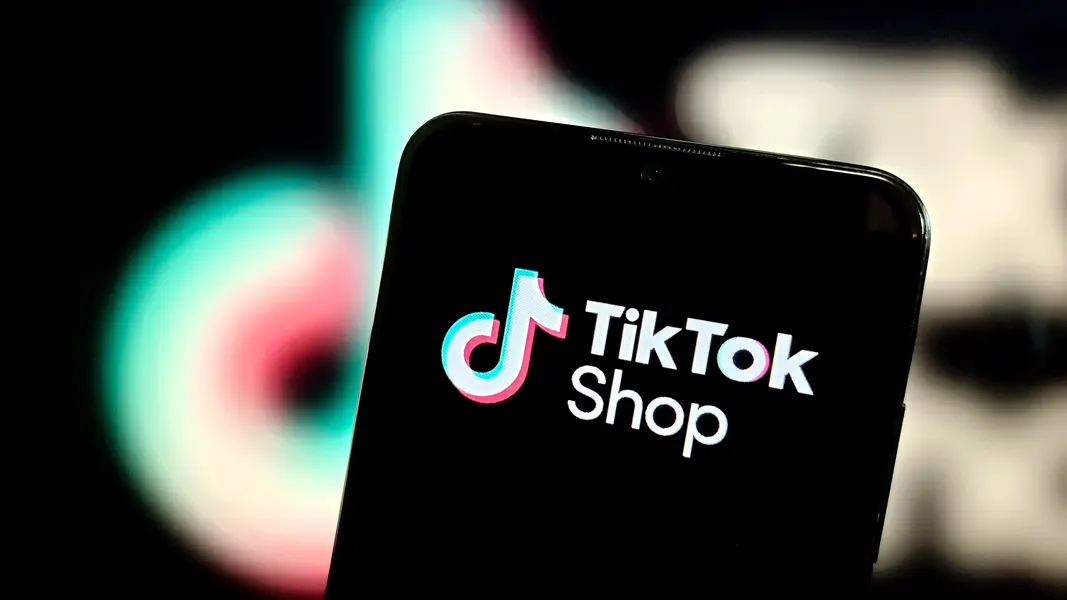
Platforms to Watch:
- TikTok Shop: The leader in Gen Z social commerce
- Instagram Checkout: Seamless buying without leaving the app
- Pinterest Shopping: Visual discovery + product tagging = high-intent traffic
- YouTube Shopping: Integrated links in live streams and Shorts
Why It Works:
- Trust is transferred from influencer to product
- Purchases happen at the moment of inspiration
- No friction from multi-step processes
Insider Tip: Micro-influencers (1K–50K followers) see higher ROI than celebrity endorsements due to niche engagement.
How Can Brands Prepare for the Future of E-commerce Marketing?
1. Audit & Modernize Your Stack
- Ditch clunky, outdated platforms
- Integrate real-time analytics
- Enable headless Commerce for flexibility
2. Prioritize First-Party Data
Use:
- Loyalty programs
- Interactive quizzes
- Post-purchase surveys
to build a prosperous, GDPR-compliant database you own.
3. Streamline Mobile UX
In 2025, 80%+ of e-commerce transactions occur on mobile. Speed, simplicity, and accessibility are everything.
4. Train Your Team
Upskill in areas like:
- AR/VR development
- TikTok ad creation
- Ethical branding
- AI content generation
5. Build a Multi-Channel Content Ecosystem
Diversify beyond Facebook and Google. Invest in:
- Podcasts
- Newsletters
- Affiliate partnerships
- Reddit ads
- TikTok trends
Emerging Technologies to Watch in E-commerce
1. Blockchain for Transparency
Consumers can now trace a product’s journey from raw material to delivery with immutable records, which is perfect for sustainable brands.
2. Smart Contracts
Automated refunds, loyalty triggers, and affiliate payouts with zero manual intervention.
3. Virtual Influencers
AI-generated “people” build audiences and sell products especially in beauty and fashion.
4. AI-Powered VR Stores
Imagine walking through a mall entirely in VR, customized to your preferences and budget. That future is already in beta.
The Impact of Consumer Behavior on E-commerce Trends
1. Instant Gratification is Expected
Same-day delivery, one-tap checkout, and 24/7 support aren’t perks they’re baseline expectations.
2. Digital Word of Mouth Drives Sales
A single viral TikTok can outsell an entire quarter’s ad spend.
3. Fandom + Commerce = Power
Fans want merch, memberships, and community from their favorite creators and brands. Brands must now act like media companies.
E-commerce Trends by Region: Global Market Insights

North America
- TikTok and Instagram dominate discovery
- Mobile checkout is essential
- Eco-conscious brands thrive
Europe
- Stringent privacy laws boost trust in first-party data
- Ethical shopping and local sourcing influence loyalty
Asia-Pacific
- Livestream e-commerce is normalized
- Super apps (e.g., WeChat) dominate the entire journey
Latin America
- Massive growth in mobile-first marketplaces
- Rising adoption of crypto and fintech solutions
Final Thoughts and Takeaways
2025 is a tipping point for digital retail. Brands that embrace the evolving e-commerce trends will unlock exponential growth, while those who resist change risk fading into irrelevance.
To recap:
- AI is non-negotiable use it to power everything from marketing to logistics.
- Short-form video and social Commerce are conversion goldmines.
- Sustainability and transparency build trust and longevity.
- Voice, AR, and automation are moving from novelty to necessity.
- First-party data, fast UX, and omnichannel thinking are the foundation of success.

Ready to Lead the Future of E-commerce?
At Excell, we don’t just follow trends we forecast, build, and execute them. Whether you need to elevate your e-commerce platform, launch a data-driven social strategy, or automate your customer journey, we offer cutting-edge solutions and powerful storytelling.
Contact us today and Book your free discovery call to get done for your services!
Contact us:
Contact us today and Book your free discovery call to get done for your services!
Contact us:
EXCELL INDUSTRIES LLC
6420 Richmond Ave., Ste 470
Houston, TX, USA
Phone: +1 832-850-4292
Email: info@excellofficial.com
6420 Richmond Ave., Ste 470
Houston, TX, USA
Phone: +1 832-850-4292
Email: info@excellofficial.com

